After the tomatoes are processed and are ready to be poured into containers tomato paste is transferred into a packaging machine to be packaged into containers made from the approved material and then transported to storage. Depending on the kind of packaging of the tomato paste the shelf life will be different. But nowadays tomato products are packaged with aseptic filling machines which will prolong the shelf life of unopened containers.
Aseptic processing is a method of producing shelf-stable goods without the need for refrigeration by packaging commercially thermally treated liquid goods (usually food or pharmaceutical) into previously sterilized containers under sterile circumstances.
In-container sterilization of liquid goods, such as milk, fruit juices, concentrates, cream, yogurt, salad dressing, liquid eggs, and ice cream mix, has almost entirely been superseded by aseptic processing. Meals that include tiny distinct particles, such as cottage cheese, infant foods, tomato products, fruit and vegetables, soups, and rice sweets, have become more and more popular.

Thermal sterilization of the product, sterilization of the packing material, and preservation of sterility during packaging make up the three main phases in aseptic processing. Aseptic processing facilities are obliged to keep accurate records of manufacturing processes, demonstrating that commercially sterile conditions were attained and maintained throughout the facility, to assure commercial sterility.
Any deviation from a planned procedure for the processing or packaging system necessitates the destruction, reprocessing, or segregation of the affected product and holding it for future analysis. Before processing and/or packaging activities may restart, the processing and packaging system has to be cleaned and re-sterilized. Sterilization techniques for packing supplies and equipment include a variety of media or combinations of these (i.e., saturated steam, superheated steam, hydrogen peroxide and heat, and other treatments).
Tomato paste packaging machine
Here is one of the tomato paste packaging machines available in the market as an example. The RFM104S is a liquid stick packer that can package a variety of liquid, paste, and viscous products for use in the pharmaceutical, food, agricultural, and chemical industries. These products include ketchup, chili sauce, chocolate sauce, mayonnaise, honey, liquid soap, olive oil, coconut oil, and shower.
A servo filling system controls the RFM 203S liquid stick pack machine’s operation of the paste and liquid product. The RFM 203S has almost universal compatibility with laminated film types and has automated film registration tracking as a standard for accurate graphics position control.
Our liquid stick pack packaging machines come in a number of lengths and widths, giving you a wide range of choices and sizes to manufacture for varied uses. All of the stick bag machines we manufacture employ Omron/Siemens (PLC), which makes setting changes simple. To obtain various package sizes, modifications are performed using a touch panel during manufacturing.
Long-term, high-performance and compact solutions are provided by RFM203S. Additionally, effective weight control during packing reduces product waste and is simple to use and maintain.
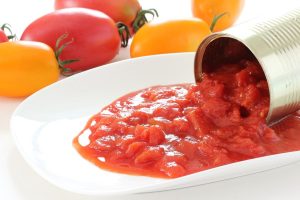
- COMPLIANCE & BAG TYPE
This equipment for filling and sealing liquid pack sachets is totally automated. It may be used to pack liquid products including shampoo and conditioner, shower gel, mayonnaise, ketchup, barbeque sauce, olive oil, milk, butter, cappuccino hand cream, and shampoo in the food, pharmaceutical, and agricultural chemical sectors.
- COMPUTER FEATURES
The interior workings and components of the machine are constructed of stainless steel and aluminum. The basic mechanism of the machine’s optimal mechanical and pneumatic system offers optimum results with little energy and air usage. High precision and adjustable range PLC control system.
suitable for a variety of filling methods. a straightforward, user-friendly device. Low running costs and upkeep.
Packing materials: liquids
Type of bags: stick pack
Volumetric filling unit with four lines
80-85 bags per minute for machine 2 and 150-160 bags per minute for machine 4.
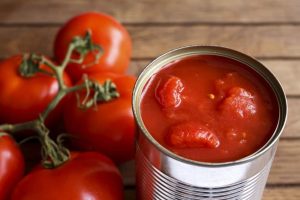
Packaging of tomato ketchup
Market demand for tomato ketchup in standing pouches with spout is high. The device is incredibly simple to use on the consumer side thanks to the spout/closure re-close mechanism, which also helps to reduce use waste. As a dependable supplier of tomato ketchup spout pouches in the Chinese market, we will provide a more thorough examination of the packaging film materials required to create tomato sauce bags in the hopes that they will be useful to you.
Food safety for humans
The tomato ketchup-related film materials should always be stored out of reach of humans.
Small sachet
This tiny sachet is produced using an aluminum foil laminate vertical filling and sealing machine, which can provide the most amount of product filling at the lowest cost. As these tiny sachets are often only used once, a triplex aluminum foil laminate, such as PET12/AL7/LDPE, should be able to match the specifications.
Spout pouch for tomato ketchup
The foil materials must be more robust if the pouch is going to contain greater weight—100 grams, 200 grams, 300 grams, or even 400 grams—in order for the pouch to stand up. The barrier property for the tomato ketchup packaging will need to be reinforced since the items cannot be consumed all at once.
Consider the foil structure of this 100 g tomato ketchup container, which consists of 4 layers of PET12/AL7/PET12/LDPE85 with a total thickness of 120 microns.
PA Strong Spout Pouch
This 108-gram spout pouch is made with outstanding quality for the Hein China market. According to the illustration below, the foil structure for this package is PET12/AL7/PA15/LDPE140, with a total thickness of 171 microns. According to our experience, aluminum foil laminate with a thickness of 171 microns is best suited for packages weighing 300–500 grams. Because the foil is overly hard, it may be challenging for the bottom to expand during filling when it is finished into this little spout pouch.

Tomato paste storage
How should tomato paste be stored once they have been opened in a can? Keep the canned tomato paste or a bottle of passata that you don’t use in a container that won’t let air in. The metal pan should not be used to preserve any leftover food due to the acidity of the tomatoes.
In containers or zip-top bags with labels, store any leftover canned tomatoes in the freezer for up to six months. You may either thaw it in the microwave for one to two minutes before using it in your cooking, or you can use it straight from the freezer. The most effective method of preserving fresh tomato paste.
The following advice will help you keep any leftover tomato paste in the refrigerator: Level off the tomato paste after putting it in a container that will prevent it from drying out. To stop mold from growing, lightly cover the surface with olive oil. With a cover on it, you may keep it in the refrigerator for up to a week. As long as the tomato paste tube is kept in the tube, it may be kept in the refrigerator for up to 6-7 weeks after it has been opened.
However, how can tomato paste be frozen?
The portions should be frozen and then placed in an ice cube tray. Paste should be made into cubes and kept in zip-lock bags. The appropriate components might also be sealed in zip-top bags and frozen immediately away. You may use frozen or defrosted tomatillo paste. You may either store it in the refrigerator overnight or thaw it in the microwave for 30-second intervals.
Purchase just the highest-quality tomato cans at all times.
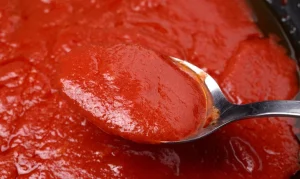
Sauce packaging material
Using flexible bag-in-box or pouch packaging with food-friendly material, tomato sauce may be kept secure and fresh from the moment it is filled until it is consumed. Due to aseptic technology, which removes the need for preservatives, sauces may be kept without refrigeration.
Preserve taste and freshness by removing as much tomato sauce as feasible. Our innovative bag-in-box packaging solutions provide an extensive selection of film, fittings, and filling equipment for a comprehensive flexible packaging solution intended to protect your tomato sauce from fill to final dispensing. We provide the subsequent:
Using aseptic technology, cold chain logistics may be eradicated. Ability to supply your table sauces when and when you choose. There are ways to lessen your environmental impact and waste packing. With an extended secondary shelf life and maximum product use, food waste may be greatly minimized.
Prepackaged Tomato Sauce in a Convenient Bag
Utilize our bag-in-box dispensing techniques to guarantee that your tomato sauce remains free from contamination. Our bag-in-box products, which incorporate the following attributes, are marketed to foodservice enterprises. Tomato sauce without preservatives may be preserved in an aseptic atmosphere. Any mode of dispensing is supported by a vast selection of films and fittings. Optimized evacuation to maximize profits and minimize waste.
Bags of Tomato Sauce in Plastic
Using our industrial-sized flexible IBCs, tote liners, and drum liners, your tomato sauces and ingredients may be delivered in cost-effective packaging. Our bag-in-box industrial packaging permits the following: Clean and secure delivery of raw materials to your production facility. Large containers are easier to maintain and clean as a result of optimization.
Aseptic filling, storage, and unloading removed the requirement for a cold chain.

Industrial Bag-in-Box Provides Long-Term Benefits
We are committed to delivering products that encourage environmental stewardship and facilitate your transition into the circular economy. We have you covered when it comes to adaptable tomato sauce packaging. Our flexible liners enable the reutilization of rigid bulk containers such as IBCs and drums. This option allows cleaning and maintenance to be performed with little water use.
Improving overall logistics may cut shipping and storage expenses.
Ketchup packaging material
The quality of the material used in packaging tomato ketchup is just as important as the quality of the ketchup itself. For the German food business Develey, Greiner Packaging has launched the distinctive Kavoblow plastic bottle with multibarrier technology (MBT) on the market. It is light, shatterproof, clear, and provides the contents with the best possible protection owing to its strong oxygen barrier. High barrier, high transparency, and temperature stability are all key packaging characteristics that the bottle integrates into a single product, making it an obvious rival to glass bottles.
An inventive development of one-step injection stretch blow molding is kavoblow. In less time than was previously feasible, more production items may be created with the highest quality, without impact marks, and with a wide range of design options. When combined with MBT, the container has a greater oxygen barrier, which prolongs the shelf life of the ketchup even without additional preservatives.
The injection stretch blow molding process immediately incorporates the barrier layer, ensuring efficient manufacturing. The Kavoblow technology offers a closed EVOH layer from the injection molding base on the bottom of the bottle up to the thread and even makes it possible to build PP barrier goods with a glossy surface.
Kavoblow MBT is the best packaging option, especially for goods that need a high barrier, hot filling, and transparency, like ketchup, sauces, or sugars. This is because manufacturing is easy, and efficient, and there are several design options available. One of the true market pioneers in this is Greiner Packaging.
Transparency and temperature stability meet a high oxygen barrier.
Insists Günter Ausserwöger, Product Group Director at Greiner Packaging, “The Kavoblow MBT bottle is a combination that has never previously been on the market and makes the product creative and distinctive. High transparency, high barrier, and temperature stability may all be found in one product.
The pioneering bottle was initially used by Develey, a manufacturer of high-quality ketchup. The brand of ketchup doesn’t use preservatives, emphasizes the use of natural ingredients, and employs a particularly high concentration of tomatoes. Therefore, the container must have a superior oxygen barrier to ensure the product has a long shelf life.
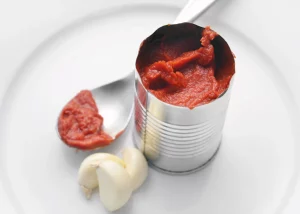
Why is ketchup in glass bottles
Manufacturers have been using glass bottles as packaging type and material for tomato ketchup, sauce, and paste, and here is why.
- Zero Permeability: Glass is an impermeable substance that shields inside contents from the air, moisture, and other liquids that might potentially spawn dangerous germs in sauces and ketchup.
Additionally, unlike plastics, which might melt and reduce the product’s quality, glass is unaffected by environmental factors like heat.
- Safest Packaging Material: The safest materials for packaging consumable goods are glass and plastic. Glass is an excellent alternative for producers of sauces and ketchup since it is the only widely used food packaging material that has been designated GRAS (Generally Recognized as Safe) by the CDSCO.
It is entirely inert and nonreactive since it is made of natural materials including silica, soda ash, limestone, magnesia, and alumina.
- Glass bottles may increase the shelf life of sauces and ketchup they contain by up to 33%. The extended shelf life offers producers a number of benefits, including more time for the shipment to farther-flung and more recent places, more time for potential sales, and more customer pleasure since the product may be used for longer periods of time.

- It’s also true that glass bottles provide the goods with a more upscale image and generally appeal to consumers better than other types of packaging. Humans have a tendency to spend more money on aesthetically attractive goods even while they are less functional.
- Constant Reminder to Buy: Once the ketchup or sauce has been used, customers reuse the glass bottles to store oil and other homemade syrups, obtaining further benefits. The probability that a consumer will return for more of the same product is increased when they use these stored products often and see the glass jars and bottles.


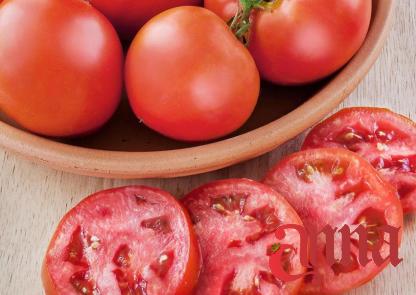
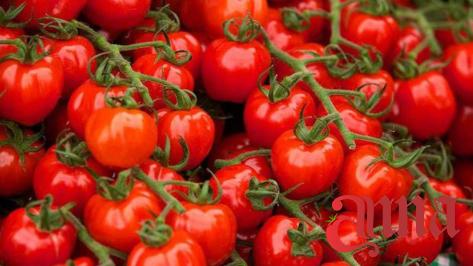


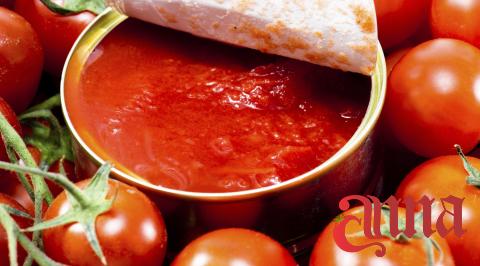

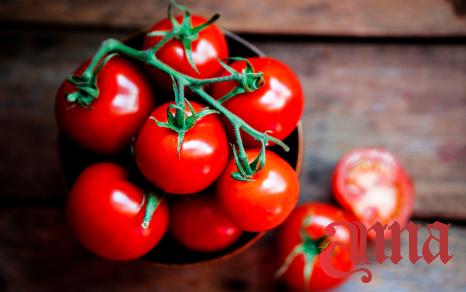
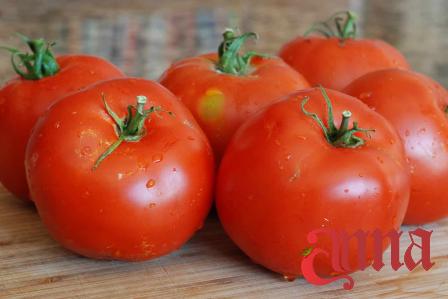
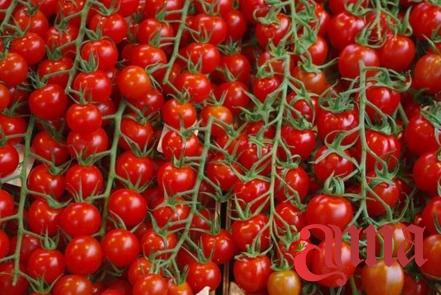
Your comment submitted.